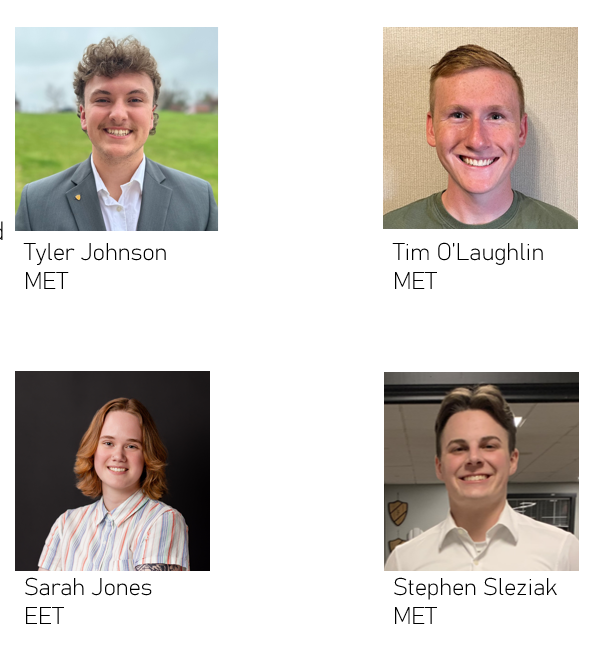Knee osteoarthritis affects 46% of people over their lifetime, particularly women, and its prevalence is expected to rise as the population ages. While current treatments such as medications, surgery, and physical therapy are available, they often require assistive devices like canes or walkers. However, these devices lack the ability to accurately measure key biomechanical factors, such as the knee adduction moment (KAM), which is critical for effective management of the condition. The lifetime cost for a person diagnosed with knee osteoarthritis is estimated at $140,300. To address the need for better measurement and management tools, Purdue University CAPSTONE students developed a Haptic Walking Cane, which incorporates sensors to track biomechanical responses during walking. Despite its potential, testing revealed several limitations, including calibration drift caused by perpendicular forces and heightened sensitivity to moisture and impact.


Our group was tasked to come up with a solution to effectively measure the amount of force applied by a user on an assistive walking cane. We as a group need to design technology that can withstand daily use by the end user.